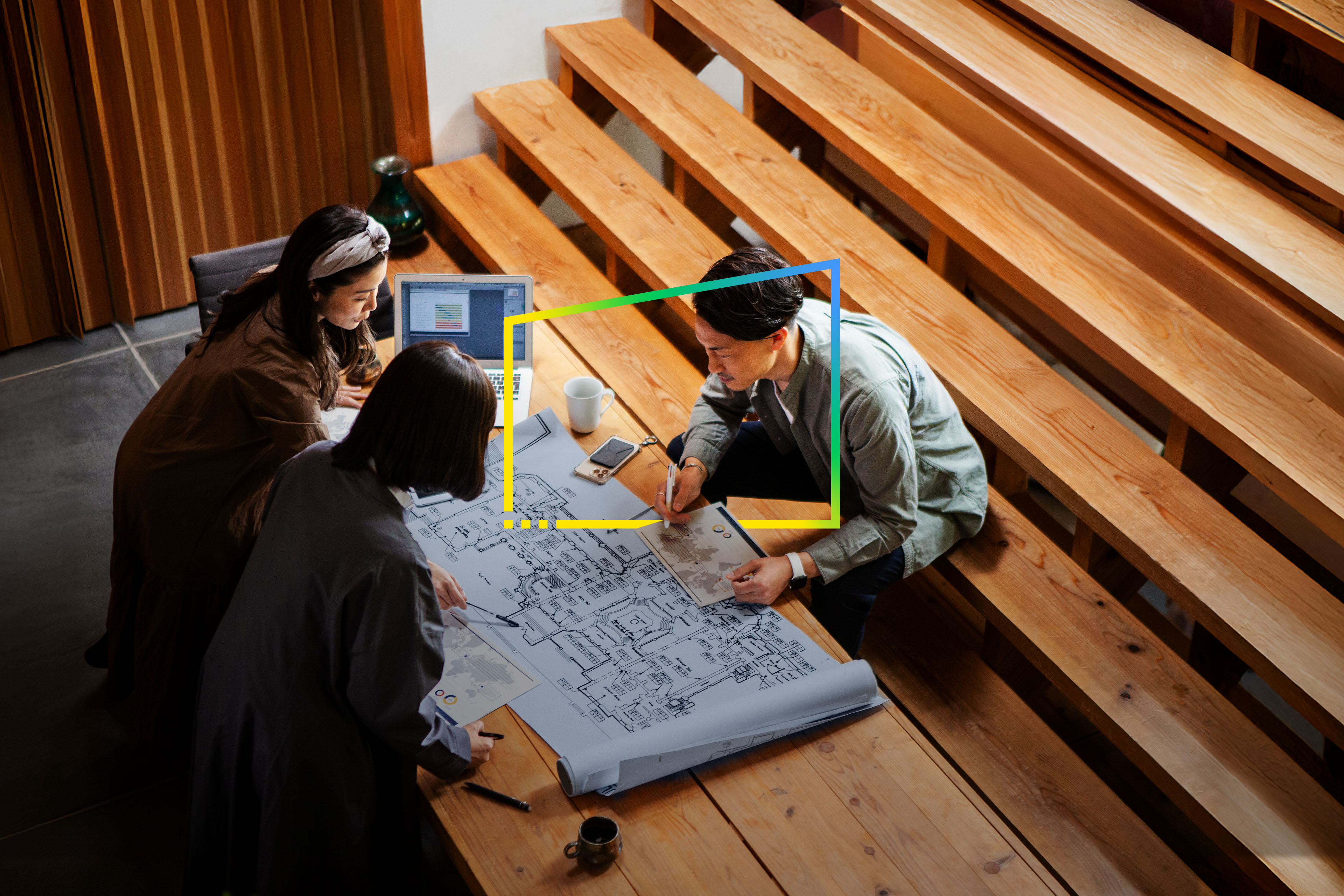EY refers to the global organization, and may refer to one or more, of the member firms of Ernst & Young Global Limited, each of which is a separate legal entity. Ernst & Young Global Limited, a UK company limited by guarantee, does not provide services to clients.
How digital transformation is changing the fabric of a nation
Saudi Arabia wanted to establish a modern state with digital public services and a private technology sector.
The better the question
How can you create a digital nation one step at a time?
The Ministry of Communications and Information Technology (MCIT) faced a long journey to digitize government and seed a thriving technology sector.
The Kingdom of Saudi Arabia (KSA) has set itself a challenge. Through the Vision 2030 initiative, it aims to transform the conservative country into a modern state. Yet for Saudi Arabia to attain its goal and become an economic leader in the 21st century, it must put digital technology at the heart of the transformation.
Already, the vision’s broad goals are being delivered through reduced dependence on oil, diversification of the economy and improved public services. But like any other country seeking to future-proof its economy and enhance citizens’ lives, Saudi Arabia needs cutting-edge digital technology to improve government and drive economic growth. To achieve this, MCIT was charged with transforming the delivery of government services and the efficiency of the public sector. It also aims to create a digital economy, which will nurture disruptive technologies.
EY’s Consulting team was originally hired by MCIT to help with individual programs in 2017. Since then, MCIT has sought our help to develop the insights behind a series of ongoing programs. EY teams have become a key collaborator as MCIT sets out to do nothing less than weave IT into the future fabric of the nation.
The better the answer
Clever ideas and high-quality delivery
Consistently innovative thinking, delivered across diverse projects, is making a difference.
Just as a strong material is created from many individual stitches, MCIT’s growing digital transformation is made up of several different programs. Since starting to work for the Ministry in 2017, EY consulting business has brought fresh ideas to the design of these initiatives – whether digitalizing government or sowing the seeds of a vibrant digital economy.
Harnessing digital technology to modernize government services was the starting point. What does the front-end of government look like in a digital age? EY teams helped to develop an e-government app, called GOV.SA , linking all government services, yet still operating alongside service centers that provide services to citizens without internet access. Turning to the efficiency and effectiveness of government, EY teams designed the operating model and organizational structure for the Digital Government Authority, that is responsible for digitizing the entire government.
This involves experimenting with new technologies – including artificial intelligence (AI), blockchain and the internet of things (IoT) – to improve the functioning of ministries across government. In a related project, EY teams have helped with the conception and development of both a National Digital Government Experience and Innovation Hub, and a National Government Digital Academy for training the country’s 1.2 to 1.4 million public sector employees.
Beyond government, Saudi Arabia’s goal of building a modern state for the future requires it to nurture a start-up cluster, where young entrepreneurs might build “unicorn” companies (defined as start-ups worth US$1b or more). For that reason, EY teams designed the concept, strategy, operating model and roadmap for a National Digital Innovation Centre. This promotes digital innovation and entrepreneurship among the young, also providing training and mentoring. In other initiatives intended to stimulate private enterprise, we developed an open-source program to make government data openly available to businesses, as well as a strategy for e-sports and e-gaming.
As part of a national strategy for the Communications and Information Technology sector, EY teams were helping to identify how the associated risks, including cybersecurity risks should be managed. EY teams have also developed the concept for a regulatory sandbox for emerging digital technologies.
Taking an international perspective, EY teams developed the concept and plan for a global government summit that would foster the exchange of ideas about digital government and best practices. The first event took place in 2019. Additionally, EY teams have developed a strategy for enhancing the Saudi government’s ranking on the UN E-Government Development Index (EGDI).
The better the world works
An emerging digitally-enabled country
Technology is becoming woven into the fabric of the nation, helping to achieve the goals of Vision 2030.
Just five years after the first of EY assignments for MCIT, digital technology is a thread running through both government and, albeit at an early stage, the private sector. The new GOV.SA app is up and running, offering a single place to access government information. What’s more, government ministries have identified ways that new technologies can improve their effectiveness and are moving to the proof-of-concept stage. Government employees are becoming more digitally-savvy, with some leaders even visiting leading the US universities for training.
Turning to the private sector, the National Digital Innovation Center has begun to support start-ups – with EY teams assisting by providing mentors as part of our organization’s Ripples corporate responsibility program. This is already inspiring young people to become digital entrepreneurs.
Taken together, these successes are helping to modernize the country, thereby achieving the goals of Vision 2030. Digital technology is becoming woven into the fabric of society.
How EY can help
-
EY-Parthenon's Digital Strategy Consulting teams design and deliver digital business strategy to help accelerate business transformation and fuels growth.
Read more -
Discover how EY's digital transformation teams can help your business evolve quickly to seize opportunities and mitigate risks. Find out more.
Read more



